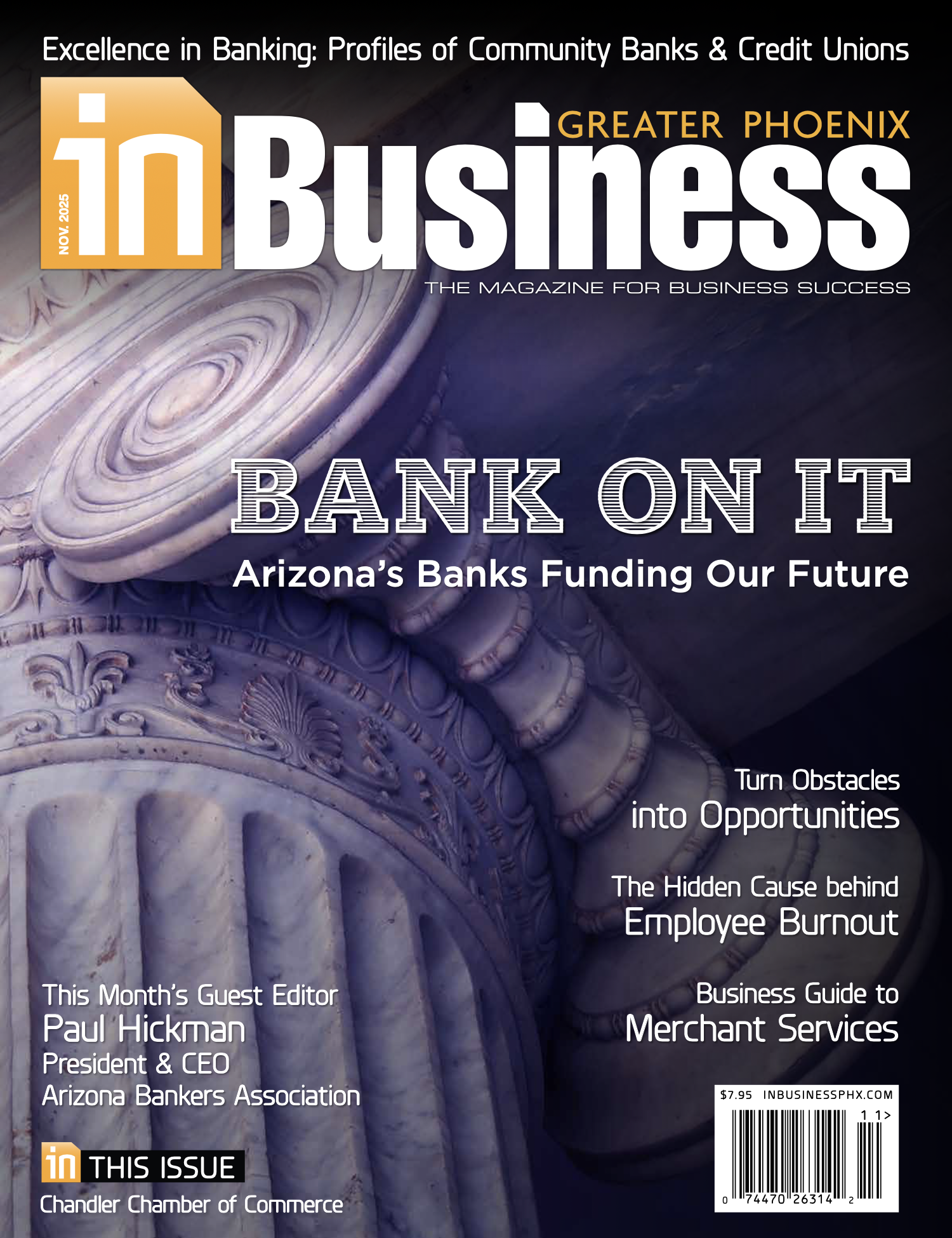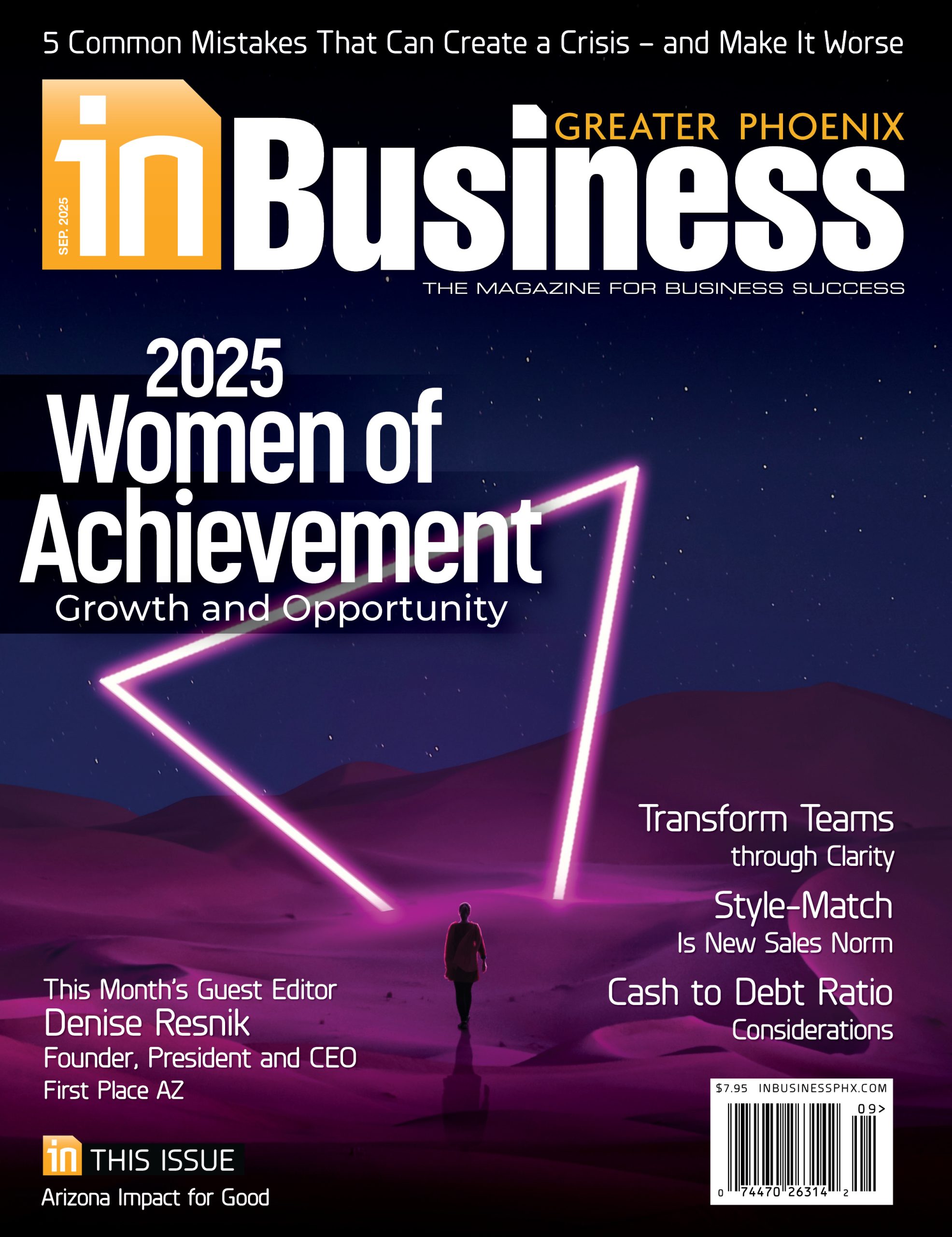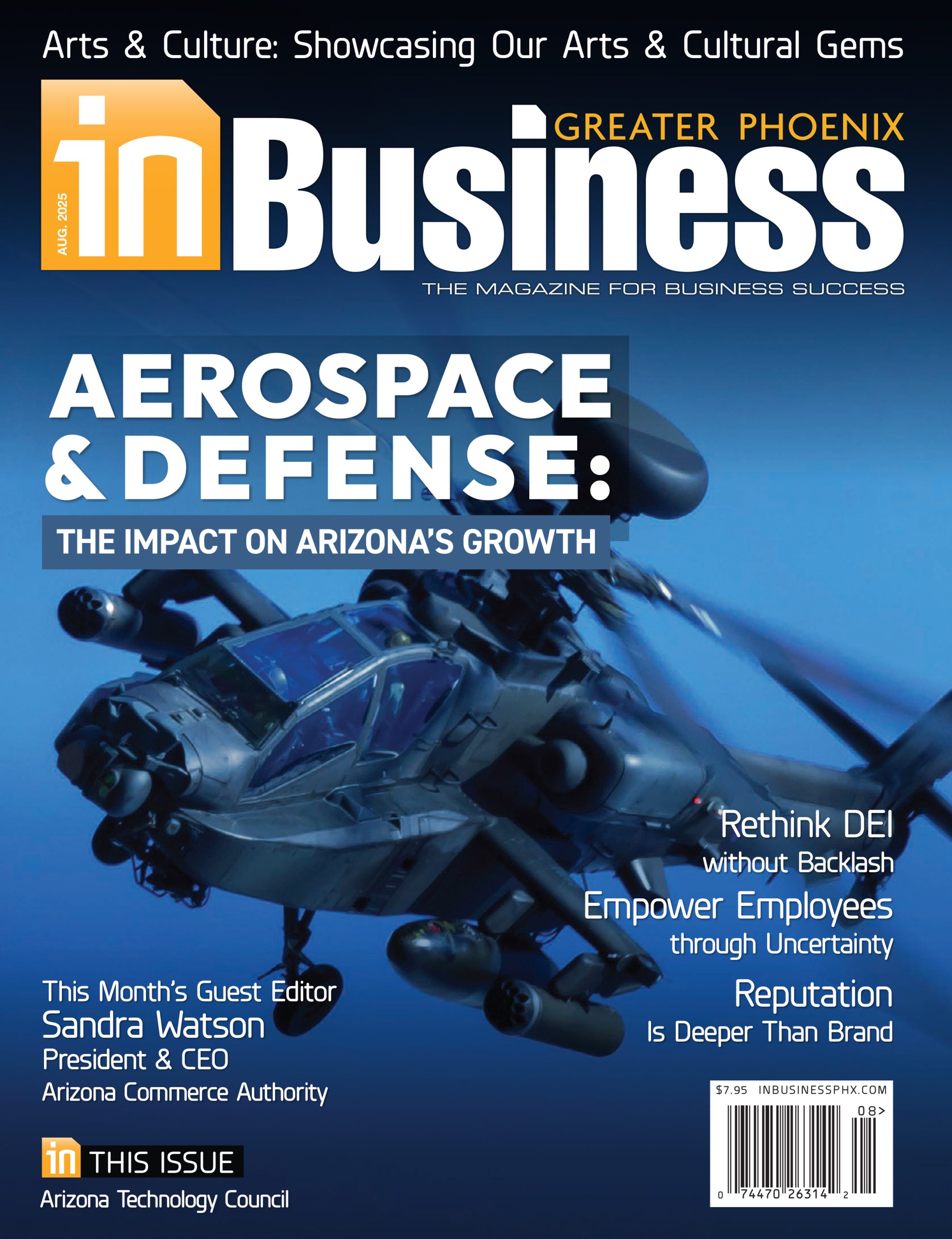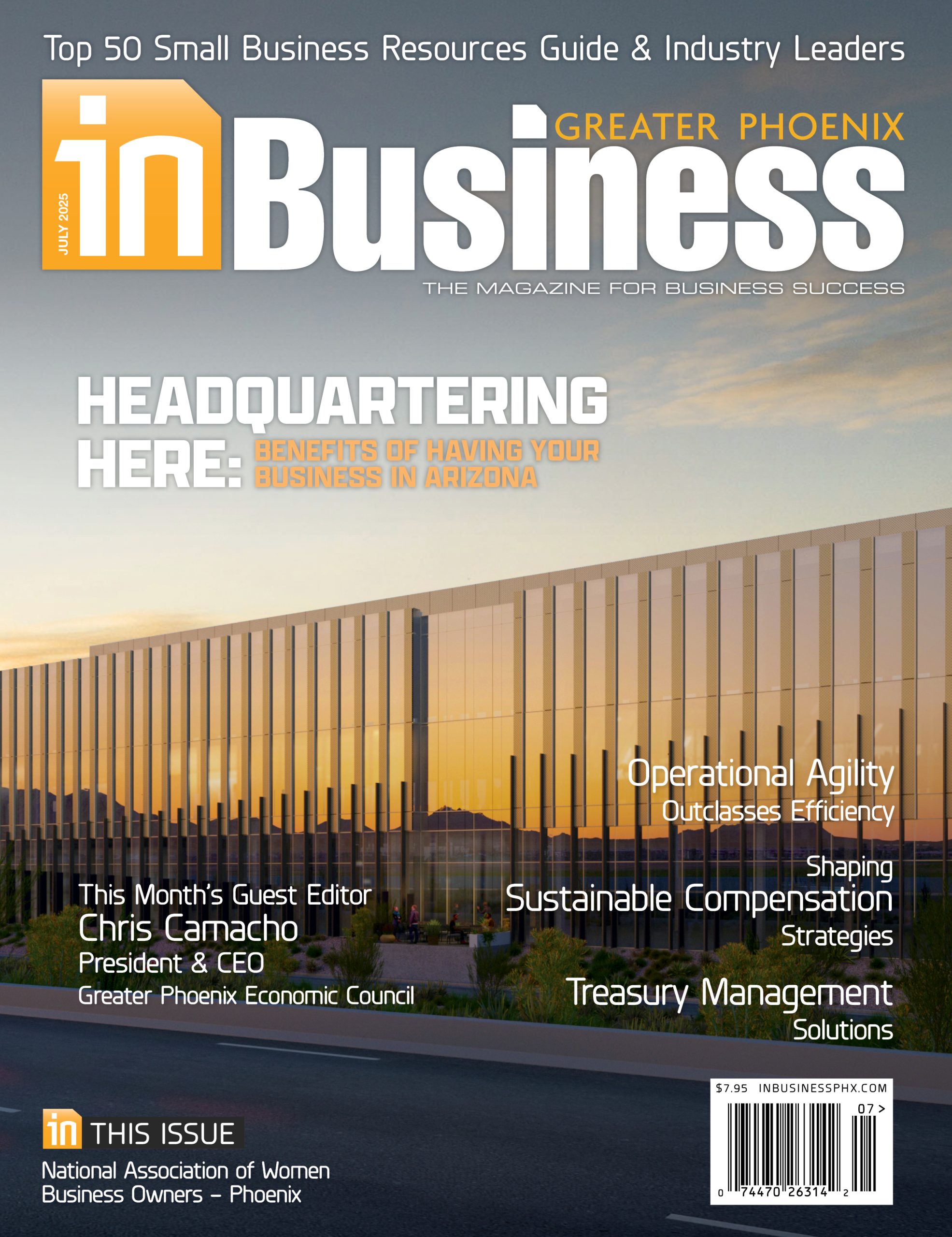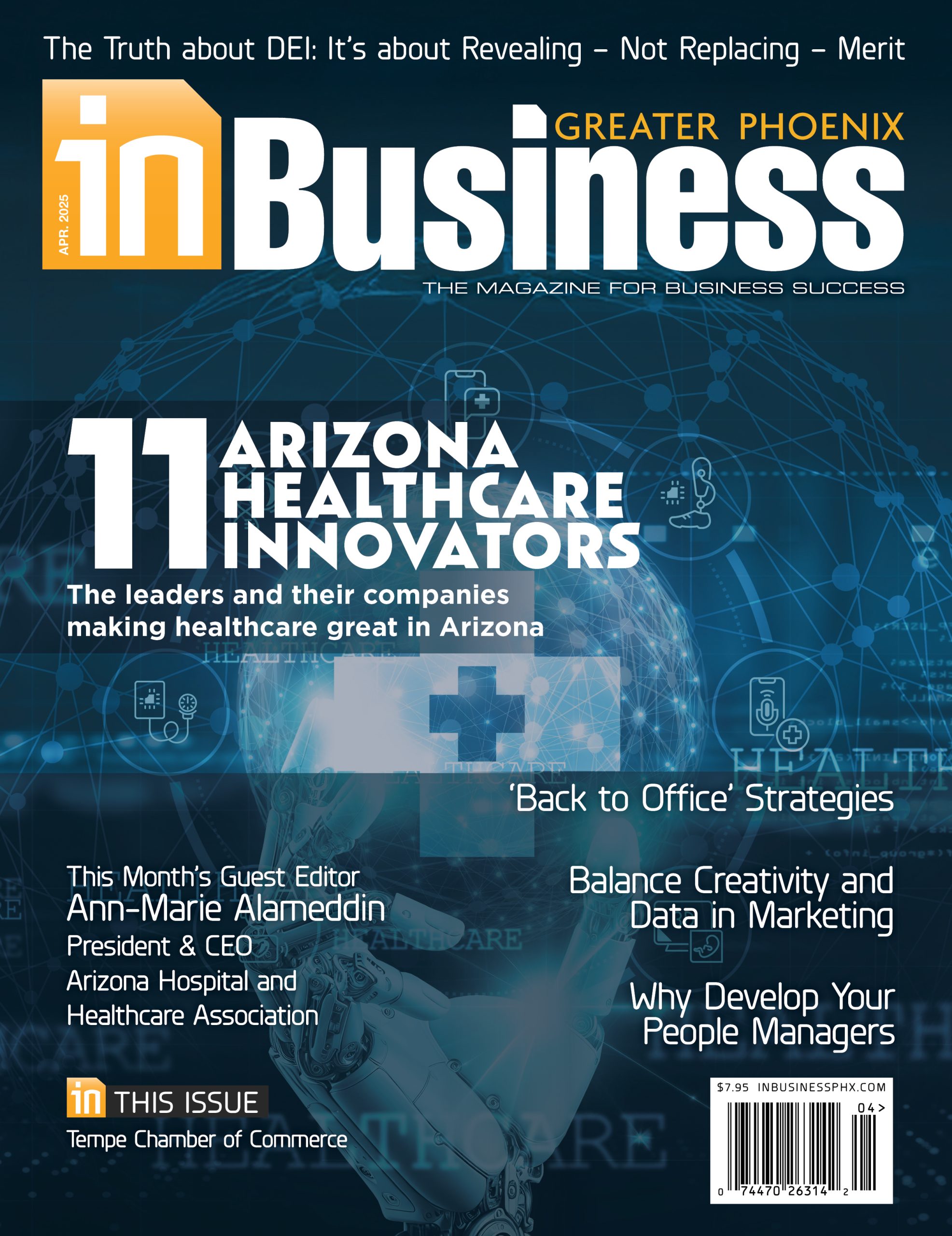
Steven G. Zylstra, President + CEO
Arizona Technology Council
SciTech Institute
I’m fortunate to be in the position of seeing and supporting Arizona’s quest for greatness every day. Specifically, I’m referring to the activities surrounding the building of a technology ecosystem that impacts not just our state but the world.
It’s not surprising that many members of that global community want to be part of the action, too. But to reach for the stars, we need talent that is the best of the best no matter where they were born.
You likely have heard renewed conversations questioning the use of H-1B visas, which are made available for employers who want to hire immigrants to temporarily work in specialty fields. According to the U.S. Department of Labor, a specialty occupation is one that requires the worker to have highly specialized knowledge and at least a bachelor’s degree or its equivalent.
Specialized knowledge and a degree. That perfectly captures those workers found at the forefront of innovation in industries such as aerospace, computing, robotics and artificial intelligence.
If our goals for success are high, we need all the top-flight talent we can get. But given the limits of the H-1B program, even that’s not a guarantee. The annual cap of new H-1B visas remains at 65,000, a level last set as part of omnibus legislation signed into law in December 2004. Since then, the number of applications routinely has far exceeded that limit.
The time has come for Congress and the new administration to address what has become an outdated limit as we compete with the rest of the world. At minimum, we should be using market-based caps on H-1B visas to adjust to the supply and demand in the U.S. economy. Even better, limits should be removed altogether.
Just think of the impact of such changes when you consider the results of a study released by Information Technology & Innovation Foundation eight years ago, which revealed these facts about immigrants:
- More than 17% of innovators were not U.S. citizens but were making invaluable contributions to U.S. innovation.
- More than 35% of U.S. innovators were born outside the United States despite the population making up just 13.5% of all U.S. residents.
When it comes focusing on opportunities for those born in the United States, the figures support there have been plenty. U.S.-born college graduates working in STEM-related jobs between 2003 and 2021 jumped by more than 5.5 million, or 69%, according to a National Foundation for American Policy analysis of government data.
We all can agree that the economies of the United States — especially Arizona — have been built with the help of immigrants. That can continue in the world of innovation with some overdue fine-tuning of the H-1B program.







